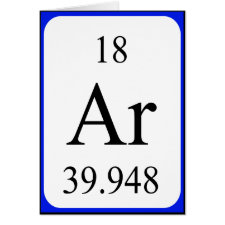
Authors: Heimink J, Sieger P, Koller H
Article Title: Two-dimensional pH mapping of release kinetics of silica-encapsulated drugs.
Publication date: 2011
Journal: Journal of Pharmaceutical Sciences
Volume: 100
Issue: (10)
Page numbers: 4401-4412.
DOI: 10.1002/jps.22593
Abstract: The encapsulation of pharmaceutical drug molecules in silica gels during the sol-gel synthesis and their kinetic release profile in aqueous solutions were systematically investigated in dependence of synthesis pH(S) and extraction pH(E) values. Six pH values in the range from 1 to 6 were chosen in a 6 x 6 two-dimensional matrix to screen the first-order initial dissolution rate constant and the total amount of released drug. Characteristic differences are discovered in such two-dimensional pH mapping profiles for the molecules with different ionization behavior and they are explained by surface imprinting and encapsulation processes. Remarkably, these encapsulations must occur either in the particles of the sol solutions or during the rapid liquid-solid transition of the spray-drying process employed in this study. This pH mapping method is suggested as a novel tool to probe noncovalent imprinting and encapsulation processes in sol-gel-derived materials with embedded guest molecules. © 2011 Wiley-Liss, Inc. and the American Pharmacists Association J Pharm Sci 100:4401 - 4412, 2011
Author keywords: amorphous, spray drying, materials science, hydrogels, oral drug delivery, Physical characterization, surface chemistry, solid dispersion, dissolution



Join the Society for Molecular Imprinting

New items RSS feed
Sign-up for e-mail updates:
Choose between receiving an occasional newsletter or more frequent e-mail alerts.
Click here to go to the sign-up page.
Is your name elemental or peptidic? Enter your name and find out by clicking either of the buttons below!
Other products you may like:
 MIPdatabase
MIPdatabase









